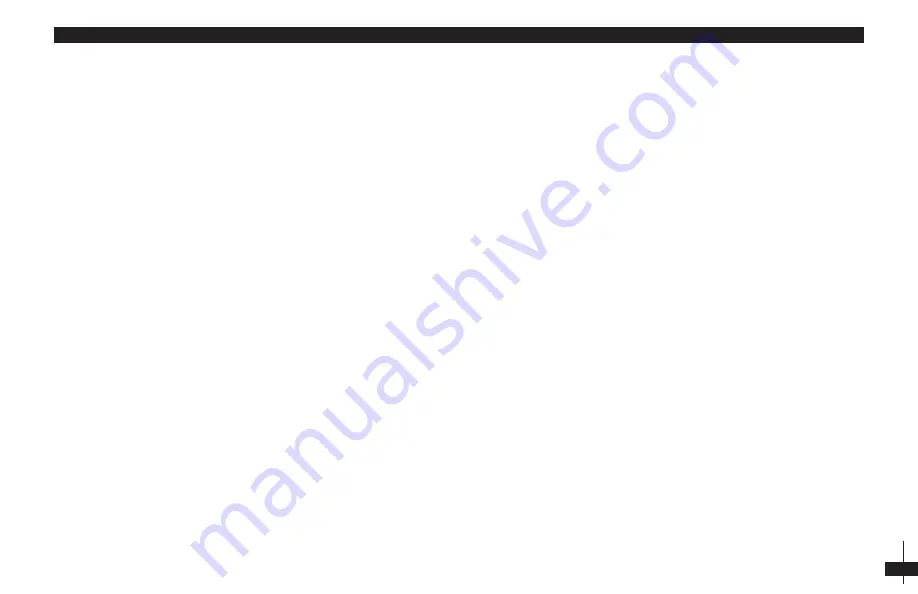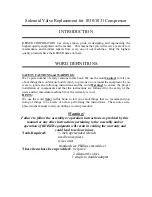
7
Things To Remember
Extension Cords:
Note: DO NOT use an undersized extension cord. Use only with Heavy Duty extension cord.
QDs And Air Hoses:
Note: If a leak is found later on, use a wrench to tighten the air hose to the adapter.
Note: If using a different brand airbrush screw the appropriate adapter onto the air hose, then screw the airbrush into the adapter.
Note: You should not need Teflon Tape, Pipe Dope, or Beeswax to seal any of the air hose connections, but if an air leak is found,
these are the options to create a seal.
Using The Compressor
1. Turn compressor on by pressing the power button.
* You will see the button light up. If there is no air in the air tank then the compressor engine will turn on and fill up the tank.
2. To adjust the air pressure, pull up on the black knob to unlock it.
A. Twist clockwise to raise the pressure.
B. Twist counter-clockwise to lower the pressure.
Note: There’s a + and - sign on top of the knob with arrows to remind you which direction raises and lowers pressure.
3. After you’ve obtained the desired pressure, push down on the knob to lock it in place.
Note: The regulators come from the factory set at 100psi. (Keep twisting counter-clockwise until the gauge starts to move.)
4. While using the compressor, you’ll notice moisture start to condense in the clear plastic bowl of the moisture trap underneath the each
of the black knobs on the front of the compressor.
5. When droplets start to form, simply press up on the pressure release valve underneath the clear plastic bowl to release the built up moisture.
Note: How often you need to do this will vary based on the weather and how much humidity is in the air.
6. When the airbrush is not in use it may be placed in an airbrush holder.
Go to page 10 for instructions on how to drain your tank.
HOW TO SET UP YOUR POWER JET PRO (CONT’D)


































